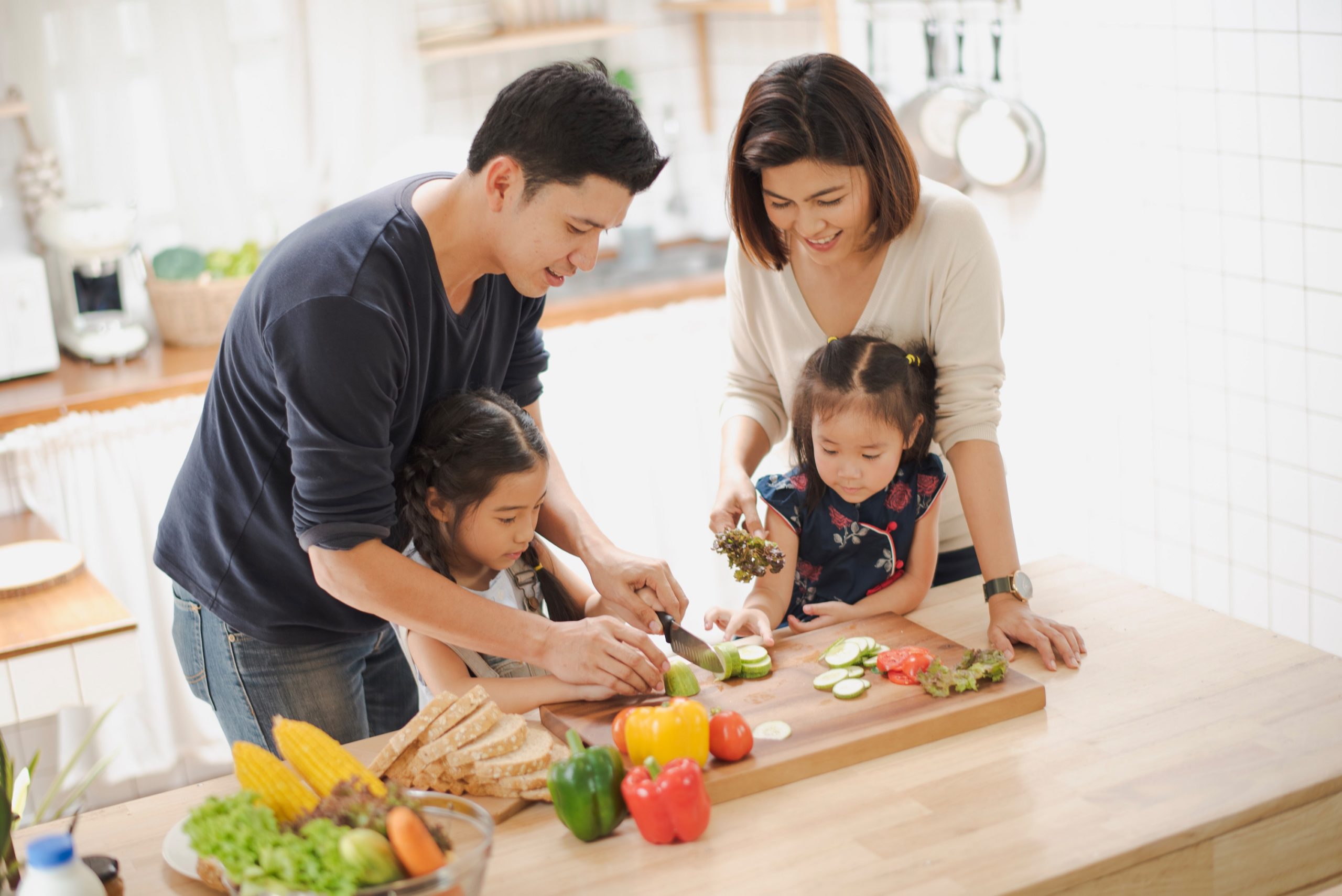In today’s fast-paced world, families often find themselves with limited time to connect with each other. Amidst hectic schedules and digital distractions, it can be challenging to foster meaningful interactions. However, one simple yet effective way to bridge this gap and strengthen family ties is through the shared experience of cooking together. Cooking as a family not only provides an opportunity for quality time but also offers numerous benefits in terms of nutrition, emotional bonding, and teaching life skills.
The Power of Shared Meals

Sharing meals as a family has been proven to have a positive impact on both physical and emotional well-being. According to a study published in the journal Pediatrics, children who regularly eat meals with their families have lower rates of obesity and are more likely to consume fruits and vegetables, whole grains, and other nutrient-dense foods. This is because when families cook and eat together, they are more conscious of the ingredients and food choices, leading to healthier eating habits.
Moreover, shared meals provide a chance for family members to come together and engage in meaningful conversations. In today’s technology-driven world, it is common for family members to be glued to their devices even during meal times. By setting aside time for shared meals, families can disconnect from the digital world and connect with each other. This allows for deeper conversations, where family members can share their thoughts, experiences, and feelings, strengthening their relationships.
Nurturing Family Connections
Engaging in family cooking activities serves as a valuable bonding experience. The shared tasks, from chopping and sautéing to setting the table and cleaning up, create opportunities for family members to work together, rely on each other, and learn from each other. As they share laughter and overcome challenges, they build stronger emotional connections and create a sense of mutual accomplishment.
Furthermore, cooking as a family is an inclusive activity that allows all members, regardless of age or skill level, to participate. Younger children can help with simpler tasks like measuring ingredients or mixing while older children can take on more complex tasks such as following recipes or handling kitchen appliances. This creates a sense of teamwork and promotes a healthy dynamic between family members.
Teaching Life Skills
Cooking offers invaluable life skills that children can carry into adulthood. By involving children in family cooking activities, parents can instill in them a love of cooking, healthy eating habits, and basic culinary knowledge. As children grow and become more involved in meal preparation, they not only learn practical skills but also gain confidence and independence.
Cooking with parents also presents a great opportunity for children to learn about different cultures and cuisines. Trying out new recipes and experimenting with unfamiliar ingredients exposes children to diverse flavors and teaches them to appreciate different cultures. Moreover, these shared experiences can create cherished memories that children will carry with them into adulthood.
In conclusion, cooking as a family is a simple yet powerful way to enhance family bonds. It provides an opportunity for quality time, fosters emotional connections, and teaches valuable life skills. So, the next time you’re planning a family activity, consider spending some time in the kitchen together. Whether it’s trying out a new recipe, preparing a family favorite, or simply making pancakes on a lazy Sunday morning, cooking as a family is sure to bring everyone closer together.


